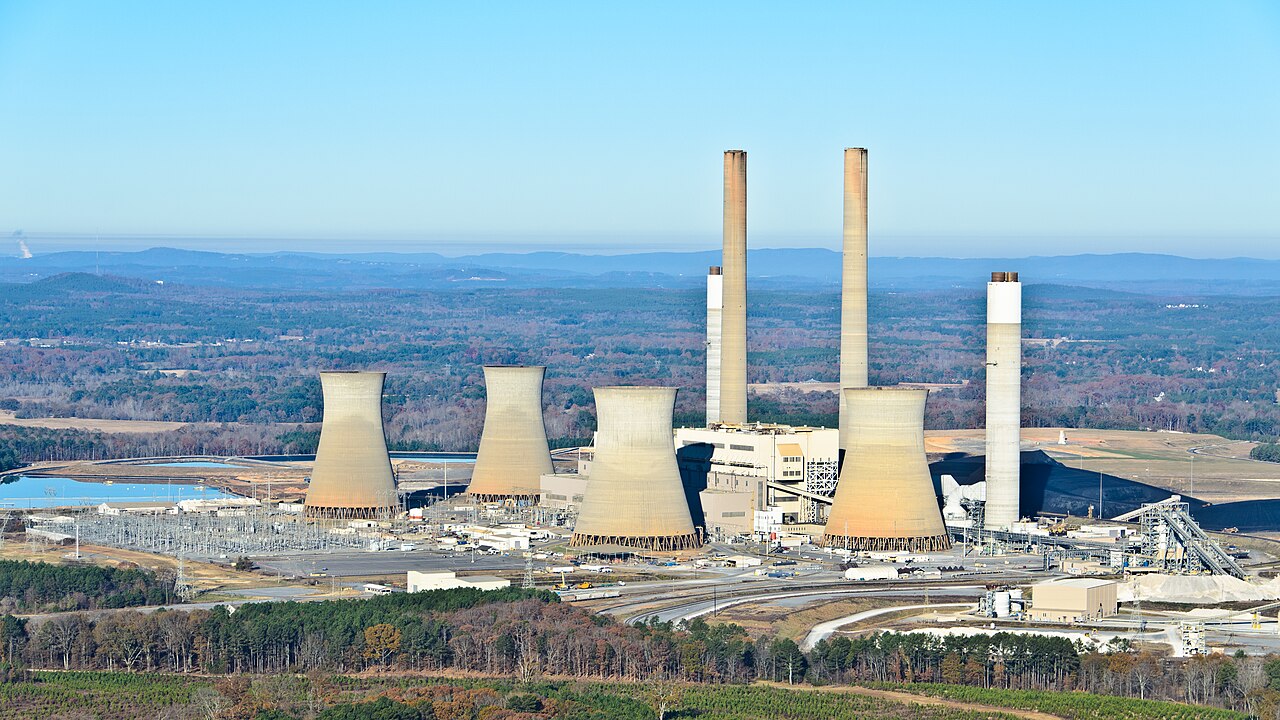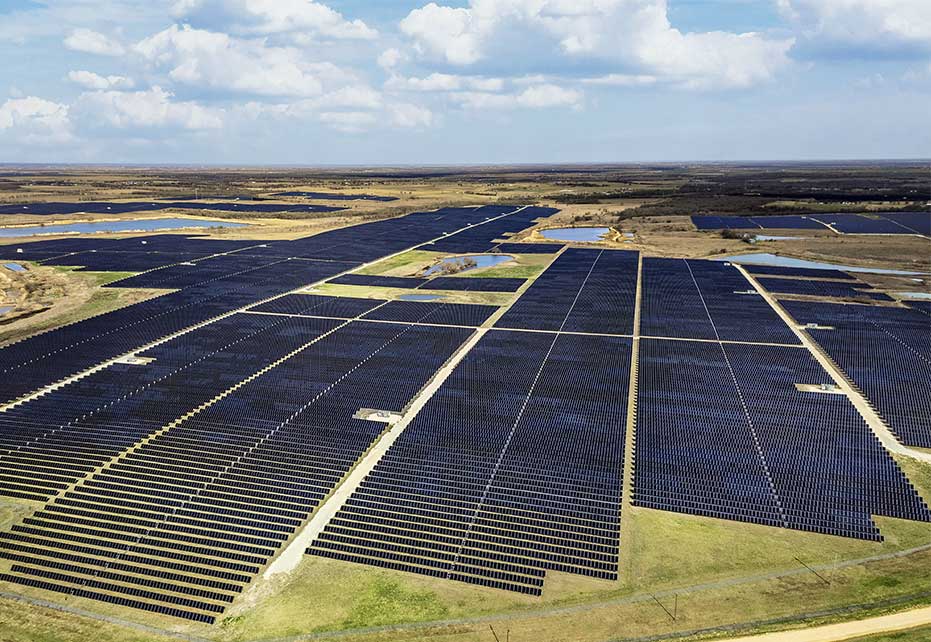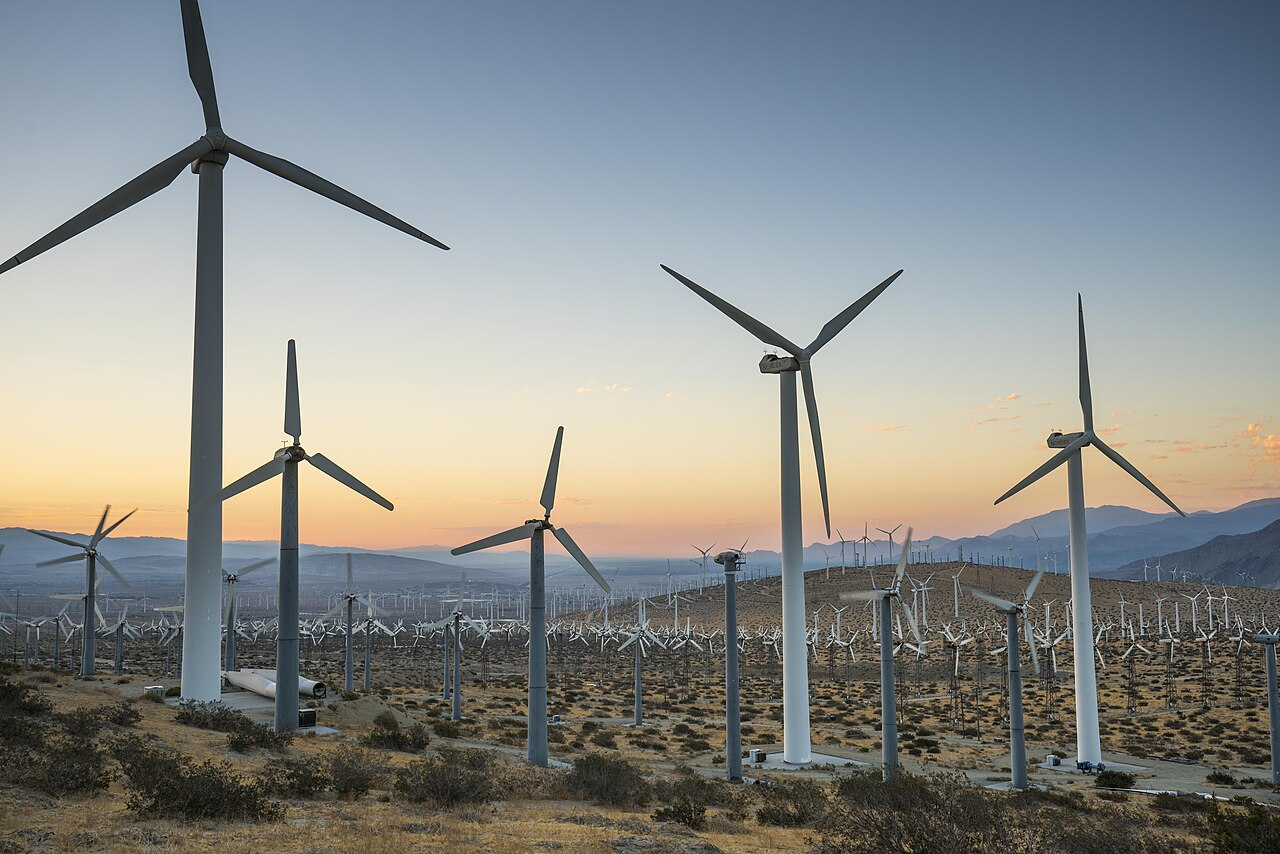The digital infrastructure industry across the United States is undergoing a significant transition from a long-standing reliance on fossil fuels, to a more sustainable future powered by renewable energy. This transition is driven by concerns over climate change, advancements in technologies enabling generation, transmission and storage of renewable energy, as well as economic and political priorities. In this piece, we will take a closer look at some of the key initiatives and policies enabling this transformation, and its impact on America’s cloud and data center industry.
What do the numbers say?
In the United States, solar power accounted for 69 percent of all new electricity-generating capacity added in Q1 2025. According to the US Energy Information Administration (USEIA), coal production is projected to decrease from an estimated 512 million short tons (MMst) in 2024 to 467 MMst in 2026, mainly due to competition from cheaper alternatives such as natural gas and renewable energy in the electric power sector.
Across the United States, renewables are becoming the primary source for new electricity-generating capacity. The incentives from the Inflation Reduction Act have helped attract a historic US$ 115 billion invested into US-based manufacturing of clean energy and transportation technologies since the law’s enactment through Q1 2025, as per a report titled Clean Investment Monitor: The State of US Clean Energy Supply Chains in 2025 by Rhodium Group.
According to the 2025 Sustainable Energy in America Factbook published by BloombergNEF and the Business Council for Sustainable Energy (BCSE), the US power generation reached its highest volume in two decades, driven by growth in renewable energy technologies and stable natural gas generation capacity.
The USEIA’s Short-Term Energy Outlook (STEO) projects that U.S. crude oil production will average about 13.5 million barrels per day (b/d) in 2025 and again in 2026, this is steadily at near-record levels. Simultaneously, global liquid-fluids production is expected to rise, driving inventory accumulation and exerting downward pressure on oil prices. The EIA forecasts Brent crude averaging around US$ 62 per barrel in Q4 2025, and about US$ 52 per barrel in 2026.

Data Centers as the Critical Load
The North American data center sector is a utility-scale behemoth through Generative AI (GenAI) and Large Language Models (LLMs). This demand has caused an urgent catalyst for the energy transition in 2025 resulting in both massive market pressure and immediate climate risk according to a report titled Hyperscale Data Center Buildout: A Sustainability Bane, Boon or Both? published by the Nicholas Institute for Energy, Environment & Sustainability at Duke University, North Carolina.
According to a McKinsey study, data centers could account for between 11 percent and 12 percent of the total US power demand by 2030. Meanwhile, the International Energy Agency’s (IEA) Energy and AI Report warned that data center energy consumption will result in the largest facilities consuming electricity that is 20 times more than 100,000 households.
North American data center market
The North American data center market in the first half of 2025 (H1 2025) appeared to be in overdrive. The overall global data center market is projected to reach US$ 527.46 billion in 2025, with the United States contributing the largest share US$ 171.90 billion, as per Brightlio’s September 2025 data center statistics. This market environment is the backdrop for the most aggressive renewable energy procurement in history.
Key data from major real estate reports confirms the capacity crunch:
The CBRE North America Data Center Trends H1 2025 report showed an all-time low North America vacancy rate of 1.6 percent. Primary market supply totalled a record 8,155 MW in H1 2025, up by 17.6 percent from H2 2024 and by 43.4 percent year-over-year. Northern Virginia led activity with an 80 percent surge in under-construction capacity to 2,078.2 MW, and 538.6 MW through Net leasing in 2025 with AI providers securing future capacity amid power and land constraints.
JLL North America Data Center Report Midyear 2025 emphasized a sense of urgency and warned of the supply scarcity. Colocation vacancy is nearing 0 percent, constraining economic growth and posing risks to national security challenges. The 8 GW construction pipeline is 73 percent preleased, with vacancy to remain below 5 percent through 2027. In H1 2025, half of total absorption occurred in Northern Virginia (647 MW) and Dallas (575 MW) and the other half by Chicago (368 MW), Austin/San Antonio (291 MW), and Atlanta (150 MW). While hyperscale projects are shifting to secondary markets for power and lower costs, core markets continue to dominate colocation demand.

Hyperscalers walking the talk on sustainability goals
Hyperscalers such as Microsoft, Amazon, Meta and Google are investing billions, and according to a CNBC report these cloud providers are together expected to invest US$ 300 billion in AI and data center infrastructure in 2025. Moreover, as per a report by PwC, AI is expected to add more than US$ 15 trillion to the global economy.
This intense scrutiny on the carbon footprint of AI infrastructure has led to a crucial admission being conducted by industrial leaders and the decision to make numerous power purchase agreements (PPA), acknowledging that current technology alone may not be enough to meet the 2030 deadlines.
Here are a few examples of how some of the technology giants are tackling this tight-rope walk:
Microsoft
In 2024, Brookfield and Microsoft signed an agreement to add over 10.5 GW of new renewable energy between 2026–2030 in the U.S. and Europe, with potential expansion. Brookfield CEO Connor Teskey described it as “almost eight times larger than the largest single corporate PPA ever signed.” The deal supports Microsoft’s growing cloud demand through wind and solar carbon-free energy to decarbonize the grid.
Microsoft’s Environmental Sustainability Report 2025 shows progress toward 2030 goals: carbon negative, water positive, zero waste. To date Microsoft has contracted 34 GW of carbon-free electricity in 24 countries. According to the report, despite a 23.4 percent emissions rise from AI/cloud growth, operational emissions fell 29.9 percent from 2020. Innovations include mass timber data centers, zero-water cooling, renewable diesel, and the Symbiosis Coalition for carbon removal.
Amazon
In June this year, Amazon expanded its existing nuclear energy relationship with Talen Energy Corporation to secure carbon-free energy from Talen’s Susquehanna nuclear power plant to Amazon Web Services (AWS) data centers in the region. Talen will supply 1,920 MW of carbon-free nuclear power to Amazon till 2042. Talen and Amazon will also explore building new Small Modular Reactors (SMR) within Talen’s Pennsylvania footprint and pursue expanding the nuclear plant’s energy output through uprates, with the intent to add net-new energy to the PJM grid.
As per its 2024 Amazon Sustainability Report, the Global Power Usage Effectiveness (PUE) for AWS data centers stood at 1.15, compared to the industry average of 1.25. “In 2024, we unveiled breakthrough data center innovations in power systems, cooling technology, and hardware architecture that will simultaneously support next-generation AI capabilities while improving energy efficiency proving that technological progress and sustainability can advance in tandem. We’re also diversifying and expanding our carbon-free energy portfolio, which includes our first investments in nuclear energy,” wrote Amazon’s Chief Sustainability Officer Kara Hurst in the report.
Meta
Meanwhile, Meta has signed a PPA with Enbridge for 600 MW of solar from the US$ 900 million Clear Fork facility in Texas, expected operational by 2027, to power data centers. The deal supports Meta’s 2030 net-zero goal, and builds on sourcing 100 percent renewable energy from 2020, targeting 9.8 GW added U.S. capacity by 2025.
Another tech behemoth, Google, aims for 24/7 carbon-free energy and net-zero by 2030 and signed two major U.S. PPAs:
A US$ 3 billion deal with Brookfield for 670 MW of hydropower under a Hydro Framework Agreement for up to 3,000 MW, one of the world’s largest corporate hydro deals.
A 90 MW PPA with ENGIE for solar energy from the 350 MW Chillingham Project in Texas, operational in 2024.
Conclusion
These massive investments in both direct PPAs and next-generation technologies such as Small Modular Reactors (SMRs), advanced geothermal power, and natural gas facilities with Carbon Capture, Utilization, and Storage (CCUS) ensure 24/7 clean energy availability on a national scale. The American transition from fossil fuels to renewables is no longer an aspiration; it is a necessity imposed by the financial and logistical realities of the AI age. The data center industry has become the power-hungry engine accelerating the continent toward a future defined by clean power and sustainable digital infrastructure.




